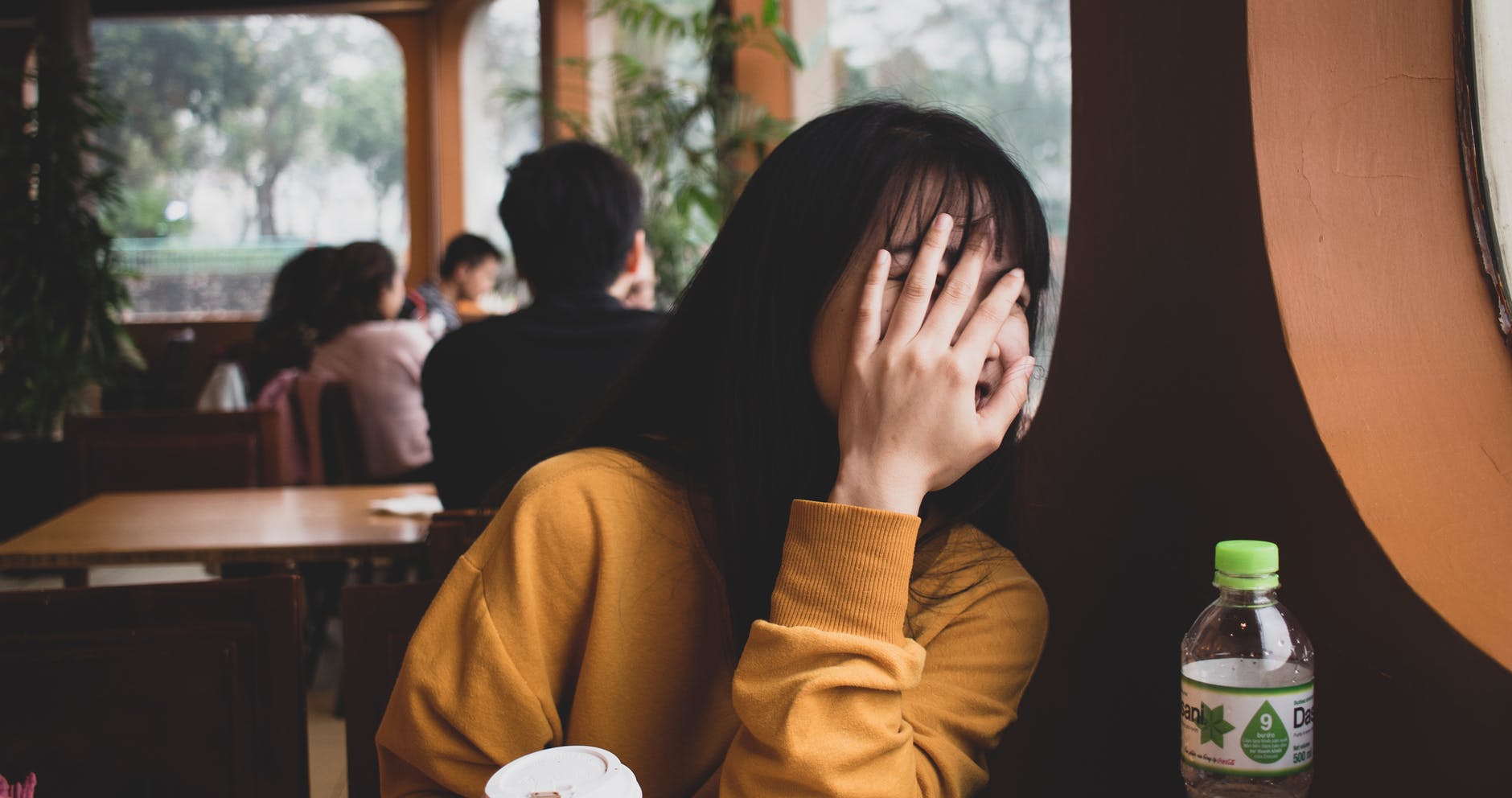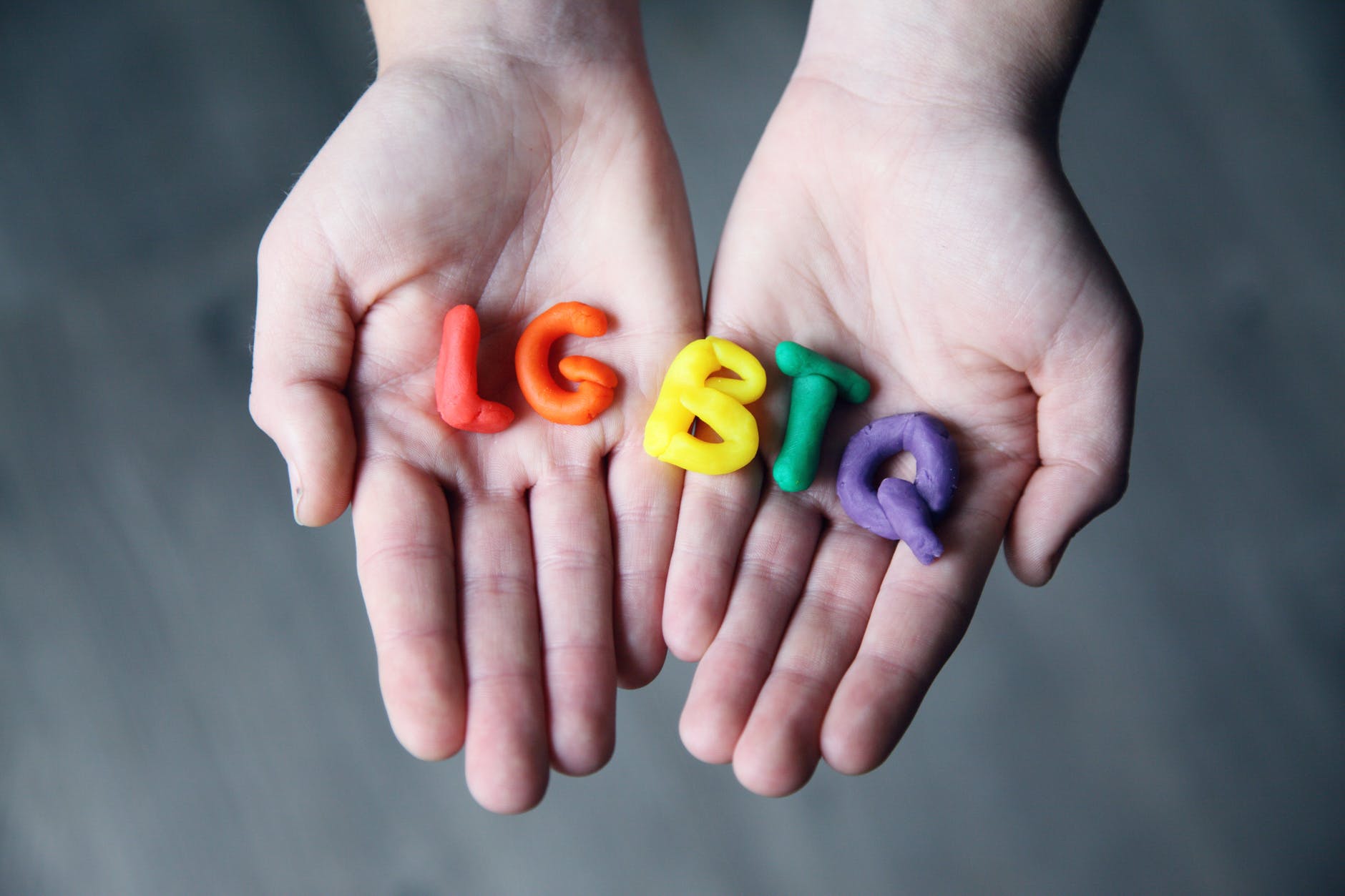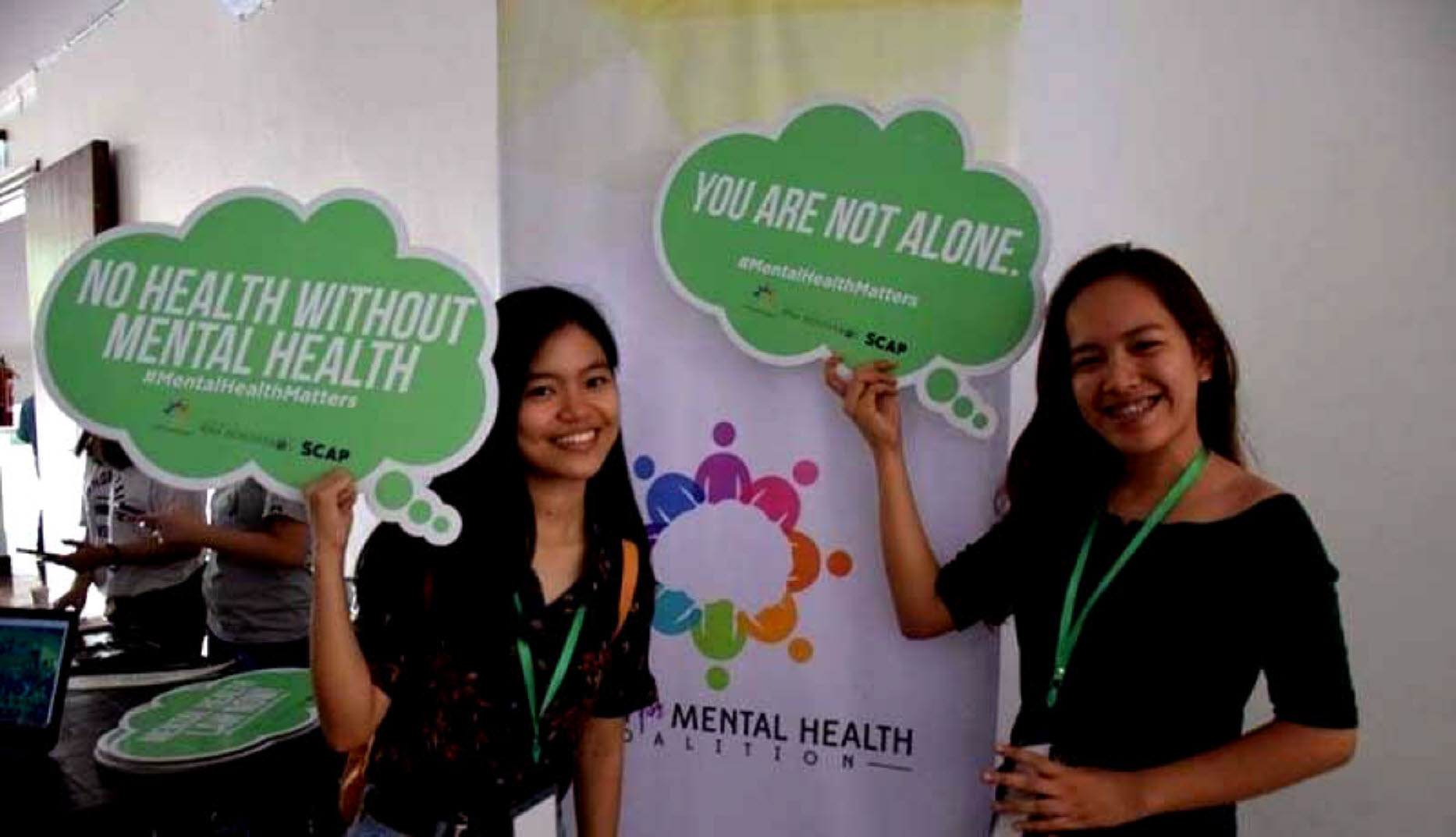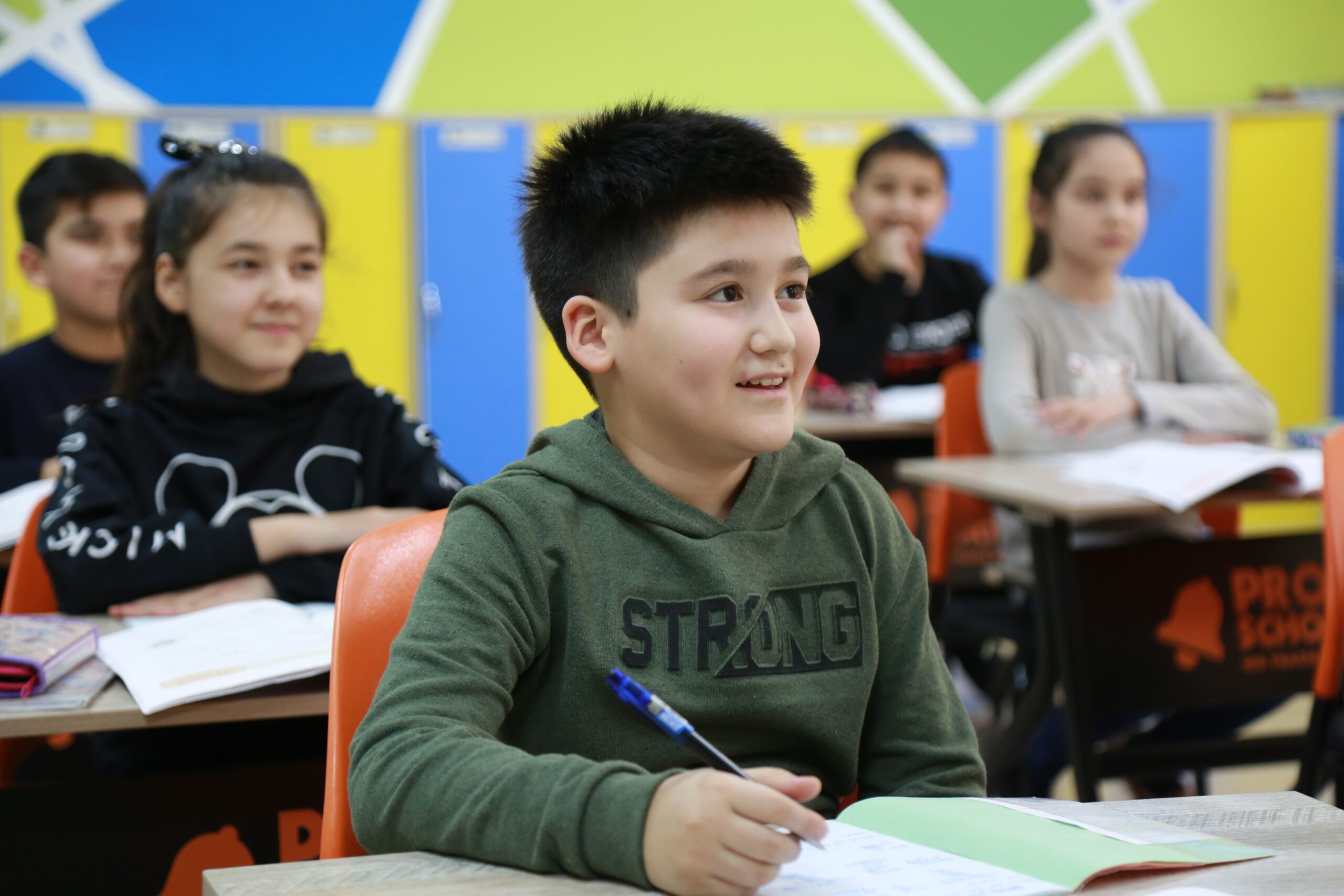Amelia Noor-Oshiro, PhD Candidate in Public Health, Johns Hopkins University

Racially motivated violence looks like the mass shootings that killed Xiaojie Tan, Daoyou Feng, Chung Park, Hyun Grant and Suncha Kim in Atlanta on March 16, 2021. Racially motivated violence also looks like #suicide, which is defined as a deliberate act of self-directed violence in order to cause injury to oneself that results in death.
According to data from the #CentersforDiseaseControlandPrevention, #suicide is the 10th leading cause of death in the #UnitedStates. When broken down by #race, #suicide is the first leading cause of death among #AsianAmerican young #adults age 15-24. This is true of no other #racial group in this age range in #America.
Despite this disparity, very little attention is paid by society and by gatekeeping institutions like academe and private and public funding agencies as to what causes #suicidalbehavior among #racialminorities like #AsianAmericans. There is not enough research on how to prevent #suicide among #AsianAmericans in particular. What makes this research more challenging to do is that #AsianAmericans are also the least likely #racial group to seek and utilize #mentalhealthservices.
I am a doctoral candidate studying public health, with a focus on minority #mentalhealthdisparities research. Here’s what I think is important to know about how violence, #suicide and disparities all connect to affect #AsianAmerican lives.

Beyond risk factors
When an #AsianAmerican death occurs by #suicide, it is not simply because that person experienced risk factors. Sure, the evidence suggests that the risk of a #suicideattempt increases if there are easily accessible means such as guns in the home or if the person knows someone who died by #suicide. But is that the full picture for #AsianAmericans, or even for other #racialminorities?
The truth is, the people who study #suicide are still trying to come up with a profile of who is “at risk” in order to precisely predict, and ultimately prevent, #suicidalbehavior and death. Today, many research dollars go into the development of computer algorithms and genetic biomarkers to precisely calculate who is at risk. Will these methods do justice to the racialized experience of being #AsianAmerican in the #U.S.?
#James Donaldson notes:
Welcome to the “next chapter” of my life… being a voice and an advocate for #mentalhealthawarenessandsuicideprevention, especially pertaining to our younger generation of students and student-athletes.
Getting men to speak up and reach out for help and assistance is one of my passions. Us men need to not suffer in silence or drown our sorrows in alcohol, hang out at bars and strip joints, or get involved with drug use.
Having gone through a recent bout of #depression and #suicidalthoughts myself, I realize now, that I can make a huge difference in the lives of so many by sharing my story, and by sharing various resources I come across as I work in this space. #http://bit.ly/JamesMentalHealthArticle
Order your copy of James Donaldson’s latest book,
Celebrating Your Gift of Life:
From The Verge of Suicide to a Life of Purpose and Joy


Only one national study targeting #AsianAmerican #mentalhealth
So the question now becomes: How can research scientists better understand and develop #suicideprevention efforts that precisely address #racialminorities like #AsianAmericans? To answer this question, there must first be research on #AsianAmericans to study.
Unfortunately, the first, only and last study that assesses national epidemiological prevalence estimates of #mentaldisorders in the #AsianAmerican community occurred and was published in the early 2000s, nearly two decades ago. Since these data were collected, the #U.S. #Asian population grew 72% by 2015, making Asians the fastest-growing #racial or #ethnic group, surpassing #Hispanics.
In my view, #suicide among #AsianAmericans is a seriously unaddressed problem that could become endemic in a rapidly growing community with little to no direction on how to stop it.
Centuries of #stigma
What if there was a way to scientifically account for #racism as the fundamental cause of health disparities? The answer lies in understanding #stigma.
Stigmatized identity is arguably a universal phenomenon. People who are stigmatized are unwanted by society, negatively stereotyped, rejected and excluded, and ultimately othered. #AsianAmericans have experienced this kind of stigmatization institutionally since the early years of modern #America as #racial categorizations began to solidify.
As #America continues to racialize #AsianAmericans, it continues a legacy of structural violence and historical trauma. This means that anti-Asian violence exists within the very fabric of #American society. It is this societal oppression and violence that becomes internalized into self-hatred, self-harm and ultimately the self-directed violence that is #suicide.
When it comes to being #Asian in #America, though, the story is incomplete with looking only at #race. There are plenty of violently oppressive systems that #AsianAmericans face that pile on the risk of self-directed violence. These are intersecting in nature. It is the intersectionality, or cross-sections, of #AsianAmerican identity that must be closely investigated to uncover insights into #suicideprevention for this incredibly diverse community.
Being an immigrant and experiencing #xenophobia, for example, is a dominant experience for many #AsianAmericans. Although many have lived in the #UnitedStates for several generations, #AsianAmericans do account for a large portion of today’s #adult second generation. Second-generation immigrants are people who are native-born citizens in the #UnitedStates and have at least one #parent who is foreign-born.
What makes this important to know?
Current trends indicate that the #U.S. is explosively growing into an immigrant-rich nation. More than 36% of all #Americans are projected to be of immigrant origin – that’s first- or second-generation – by 2050. By that time, the overwhelming majority – 93% – of the country’s working-age population will be of immigrant origin, too. Here’s the problem: Second-generation immigrants are considered an at-risk group for #suicidalbehavior and death by researchers across the world. Researchers aren’t fully sure why yet, and that’s why this research is so timely.

A complicated and time-consuming issue
Research takes decades to implement. It also takes decades to figure out the problem and how to address it. The public health scientists who work on disparities research are aware of the complex problems facing minority populations like #AsianAmericans. If there were an intervention to end #racism and #xenophobia, perhaps many #AsianAmerican lives would be saved both from #homicide and #suicide.
The reality is that #whitesupremacy runs so deep in #America that even reversing #racism would not undo the disparities in health outcomes such as #suicide. This is because assimilation is “traumagenic.” That means the traumatic exposures of #racist and #xenophobic violence and discrimination hold the power to disrupt psychological and physiological functioning and alter genetic code for generations to come. Race-based traumatic #stress holds the power to predispose entire populations, entire communities like #AsianAmericans, to self-directed violence.
In my view, what is left to do is to work to change the norms of inclusion. It won’t take years of research to do that. Just start now. Act locally. Here’s a first step.
[Understand new developments in science, health and technology, each week. Subscribe to The Conversation’s science newsletter.]
This article is republished from The Conversation, a nonprofit news site dedicated to sharing ideas from academic experts. It was written by: Amelia Noor-Oshiro, Johns Hopkins University.

James Donaldson is a Washington State University graduate (’79). After an outstanding basketball career with WSU, he went on to play professional basketball in the NBA with the Seattle Supersonics, San Diego/L.A. Clippers, Dallas Mavericks, New York Knicks, and Utah Jazz. He also played for several teams in the European Leagues in Spain, Italy, and Greece, and he toured with The Harlem Globetrotters to wrap up his career. James was an NBA All-Star in 1988 while playing center for the Dallas Mavericks. In 2006, James was inducted into the Pac-10 Sports Hall of Fame and also the Washington State University Athletic Hall of Fame. In 2010, James was elected as a board member for the NBA Retired Players Association.
James frequently conducts speaking engagements (motivational, inspirational, educational) for organizations, schools, and youth groups.
In 2010, James was the recipient of the NBA Legends of Basketball ABC Award, awarded for outstanding contributions in Athletics–Business–Community.
He believes in being a role model for success and professionalism to the scores of young people to whom he devotes so much of his time. He currently serves on several boards and committees and is a member of many organizations.
James believes in developing relationships that create a “Win-Win” environment for everyone involved, and in being the best he can be!
For more information about James Donaldson or to request he speak at your event, contact him at:
www.StandingAboveTheCrowd.com
JamesD@StandingAboveTheCrowd.com
1-800-745-3161 (voicemail & fax)
James Donaldson is the author of “Standing Above The Crowd” and “Celebrating Your Gift of Life” and founder of the Your Gift of Life Foundation which focuses on mental health awareness and suicide prevention, especially pertaining to our school aged children and men.
If you’re interested in having James come and speak to your group of young adults, business entrepreneurs, aspiring political and community leaders, and athletic teams, please contact him at jamesd@yourgiftoflife.org and or leave a personal message for him at 1-800-745-3161. Keep up with him and read about how he is reaching out and making a difference in the lives of so many around the world at www.yourgiftoflife.org




